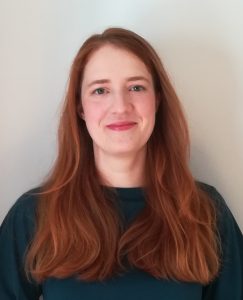Three-Dimensional Imaging of Biological Tumour Models
We aim to utilise three dimensional imaging techniques to evaluate the impact of biotherapeutics studied across CRUK City of London Centre network.
We place particular emphasis on in vivo 3-D imaging approaches in preclinical models in order to understand better how different cell types in the tumour microenvironment (eg blood vessels and stromal fibroblasts, etc.) are affected during therapeutic interventions. The group’s expertise lies especially in modulation of the tumour microvasculature to improve the delivery and efficacy of chemo- and immunotherapy. We are particularly experienced in mouse models of lung and pancreatic cancers. We are currently exploring the possible utility of magnetic resonance elastography (MRE) in the measurement of tissue desmoplasia.
Contact
Services
We are happy to discuss how analysis of the vasculature can be implemented in your models. We are also keen to collaborate in order to help with the validation of new imaging modalities in our in vivo cancer models.
Ongoing projects
We are optimising this technique for our Non-small cell lung cancer (NSCLC) mouse model. We are investigating lung tumours which have been exposed to a variety of combination treatments and will use High resolution episcopic microscopy (HREM) to visualise the entire vessel network and model the therapeutic uptake.
This work is done in collaboration with Natalie Holroyd from Simon Walker-Samuel’s group (CABI, UCL) and Rebecca Shipley (Mechanical Engineering, UCL).
We are working to adapt this technique to the 1T MRI scanner in the Barts Cancer Institute, in order to quantitatively assess tissue stiffness in our cancer models. It has long been known that pancreatic tumours are characterised by a large fibrotic reaction. We hypothesize that using Magnetic Resonance Elastography (MRE) will allow us to quantify both the development of tumours over time but also evaluate treatment efficacy, especially that of biotherapeutics which modulate the stroma of the tumour microenvironment.
This work is done in collaboration with Rami Mustapha from Tony Ng’s group (KCL), Daniele Tolomeo from Simon Walker-Samuel’s group (CABI, UCL), Diana Cash and Camilla Simmons from the MRI centre at KCL, and Ralph Sinkus (KCL/INSERM Paris).


